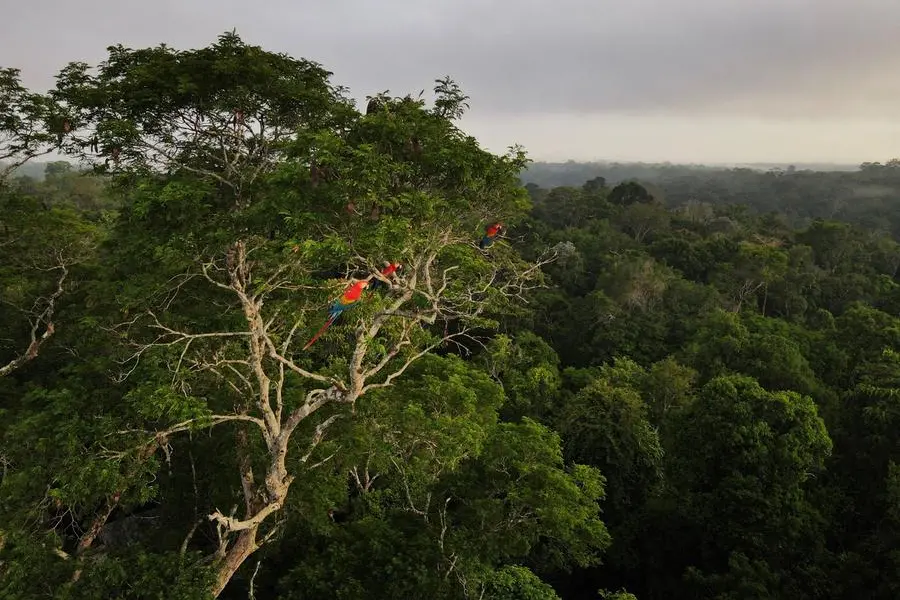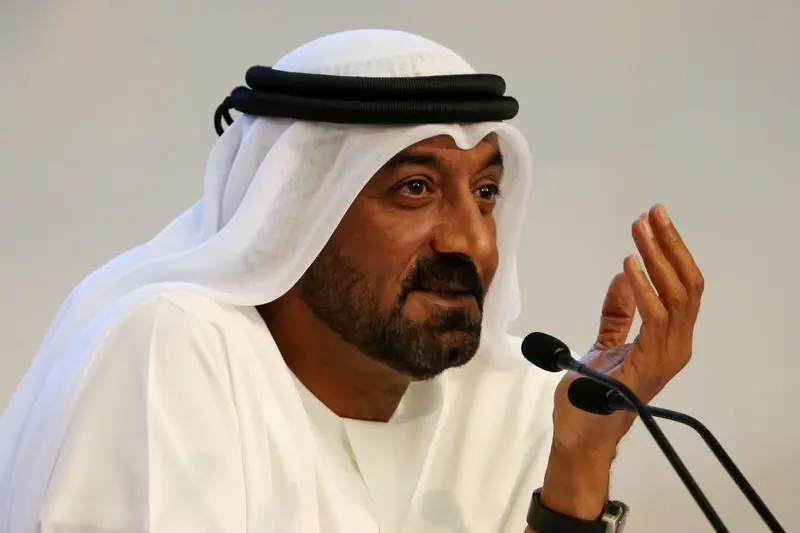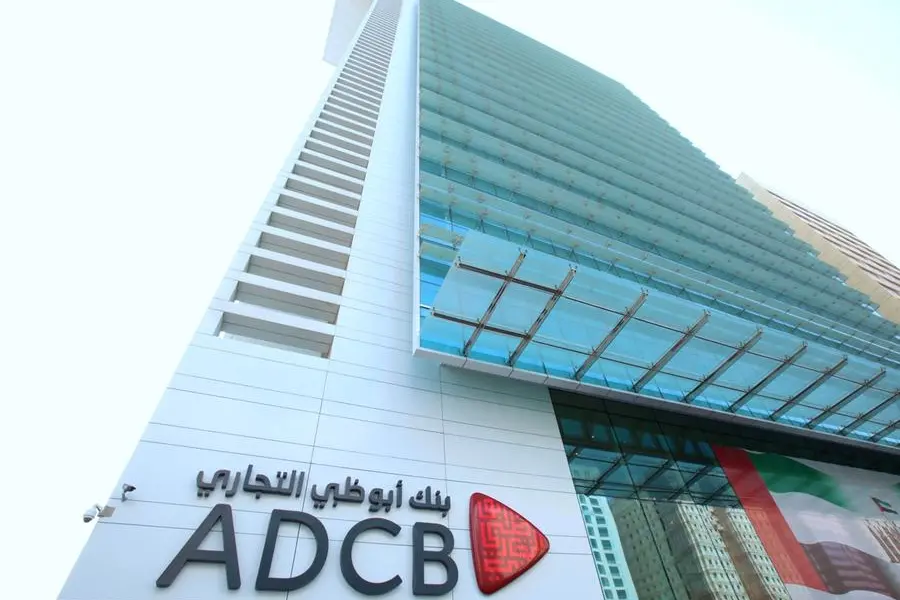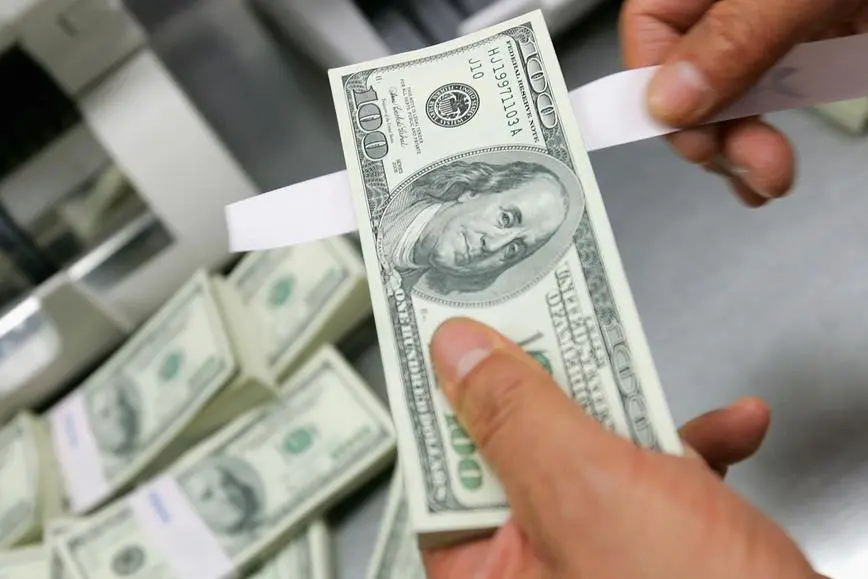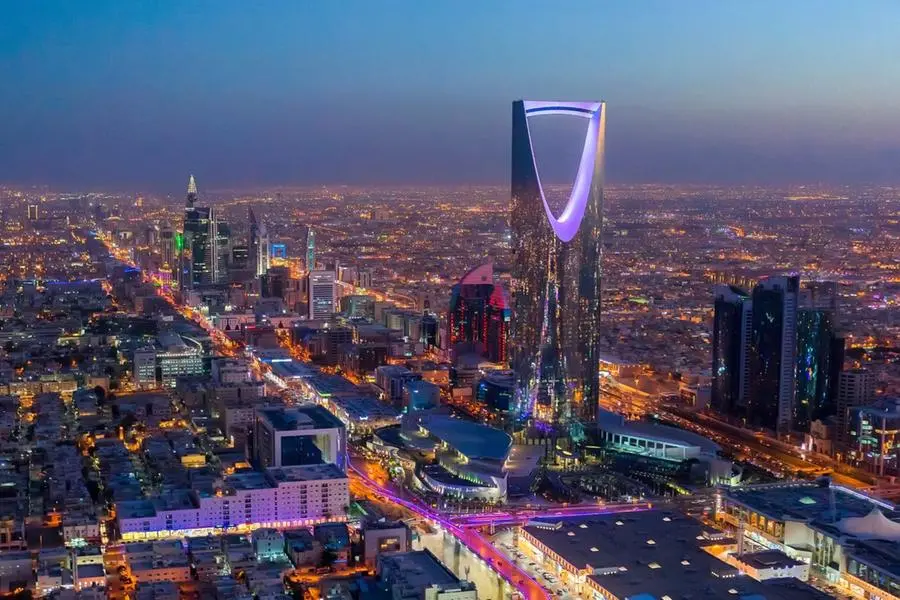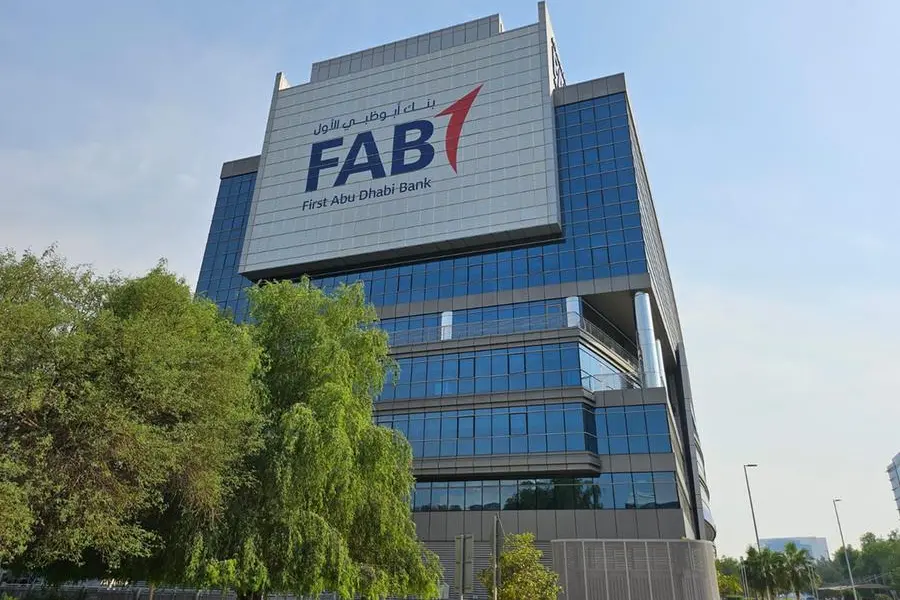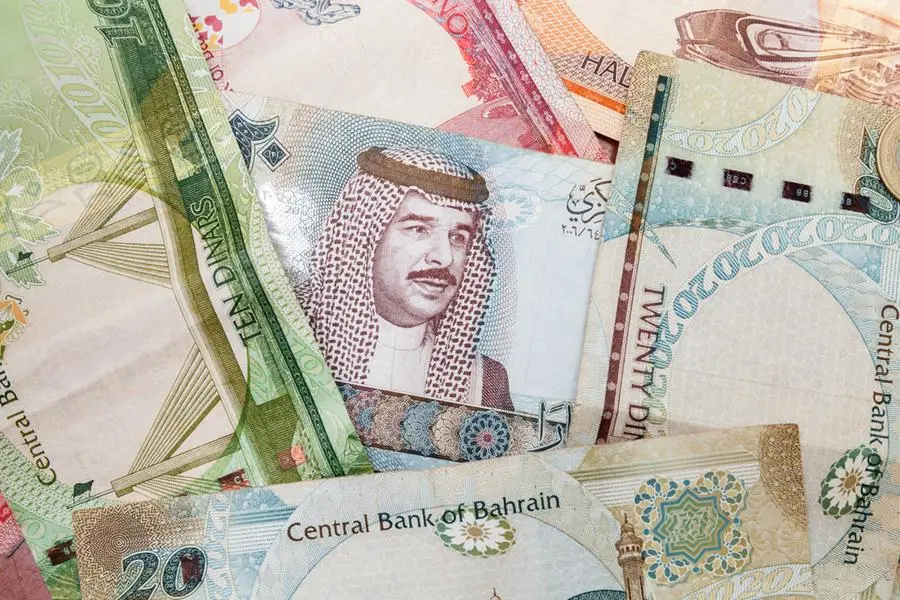PHOTO
RIO DE JANIERO/LONDON - Indigenous lands in Brazil's Amazon rainforest absorb far more climate changing gases than they emit, in stark contrast to non-indigenous areas where substantial forest loss means Amazon land is fuelling global emissions, researchers say.
Brazil's indigenous-held forests - which make up more than a quarter of its Amazon region - removed about four times more carbon dioxide (CO2) and other gases than they emitted between 2001 and 2021, according to the World Resources Institute (WRI).
The findings come as newly sworn-in leftist President Luiz Inacio Lula da Silva has named tackling deforestation as a top priority, after it increased by roughly 60% under the four-year tenure of his far-right predecessor Jair Bolsonaro.
On Sunday, tens of thousands of anti-democratic demonstrators, who have refused to accept Bolsonaro's October electoral defeat, invaded the Supreme Court, Congress and the presidential palace, seeking to return the former president to power.
The uprising, which echoed a 2021 attack on the U.S. Congress by supporters of defeated President Donald Trump, was ultimately dispersed, with Lula promising to punish those involved.
In Brazil, Amazon forests are being lost to deforestation and degradation from expansion of farming, mining and other activities, particularly outside indigenous lands, WRI said.
Indigenous parts of Brazil's Amazon forest removed 172 million tonnes of greenhouse gases per year more than they emitted, the U.S.-based think tank found, while non-indigenous areas released 375 million tonnes more than they absorbed.
"To our great surprise, if you look at the Amazonian land outside of indigenous lands, they are collectively a source (of emissions) now," Peter Veit, director of WRI's Land and Resource Rights initiative, said in an interview.
Scientists have warned that the Amazon is edging closer to a tipping point of drying and transformation to savanna from which it might never recover.
Lula has promised to halt that trend - a reversal of Bolsonaro's push for mining and farming expansion in the Amazon.
"There is no climate security for the world without a protected Amazon," he said in a speech at the U.N. COP27 climate summit in November.
Among his first decisions as president, Lula restored the authority of the government's environmental protection agency Ibama to combat illegal deforestation, and unfroze a billion-dollar fund for sustainability projects in the Amazon.
UNDER THREAT
WRI said detailed mapping made it possible for the first time to estimate and compare carbon emissions and sequestration between indigenous and non-indigenous areas in the Amazon.
David Gibbs, a WRI research associate, said that while indigenous-held forests are not more efficient at absorbing CO2 from the atmosphere, the communities in those areas are "really making the difference in reducing emissions from deforestation".
Amazon forests managed by indigenous people in all nine countries that make up the Amazon region removed 340 million tonnes of greenhouse gases per year more than they emitted - the equivalent to the United Kingdom's annual emissions from fossil fuels, WRI said.
Txai Suruí, an indigenous youth leader from the Amazonian state of Rondônia, said that protected areas of the rainforest populated by indigenous communities were far better conserved.
Her community strengthened its own monitoring efforts to protect its territories during Bolsonaro's administration, as the community suffered attacks and was neglected by state agencies, she said.
Areas not under indigenous protection did not have such monitoring help, she said.
Luana Kumaruara, who lives in the Amazonian state of Pará in an area not officially recognized as indigenous but claimed by her Kumaruara people, said they had conserved the land through "self-demarcation of the territory".
"Our indigenous areas are not impacted by agribusiness, deforestation and fires because protecting Mother Earth is part of our upbringing. We don't use (land) as business or capital."
However, Veit warned that if the collapse of the Amazon ecosystem is to be avoided, deforestation rates must be curbed on non-indigenous land as well in the next few years.
"Indigenous people themselves cannot be the saviours of the Amazon alone," he said.
Scientists believe if 20% to 25% of the original Amazon forest canopy is lost, the region could transition away from being a rainforest, leading to the extinction of thousands of species, and releasing a enormous quantity of CO2 into the atmosphere.
A 2021 report into the state of the Amazon basin by more than 200 scientists estimated about 17% of the forest canopy has been lost so far.
Tarcísio Feitosa, a prominent environmental activist, said recognizing more land as indigenous is a key way to boost forest protection, not just because of communities' efforts but because it puts more legal barriers in the path of those deforesting land.
Demarcating land as indigenous "brings great legal certainty", he said.
(Reporting by Jack Graham and Andre Cabette Fabio; Editing by Kieran Guilbert and Laurie Goering. The Thomson Reuters Foundation is the charitable arm of Thomson Reuters. Visit https://www.context.news/)
